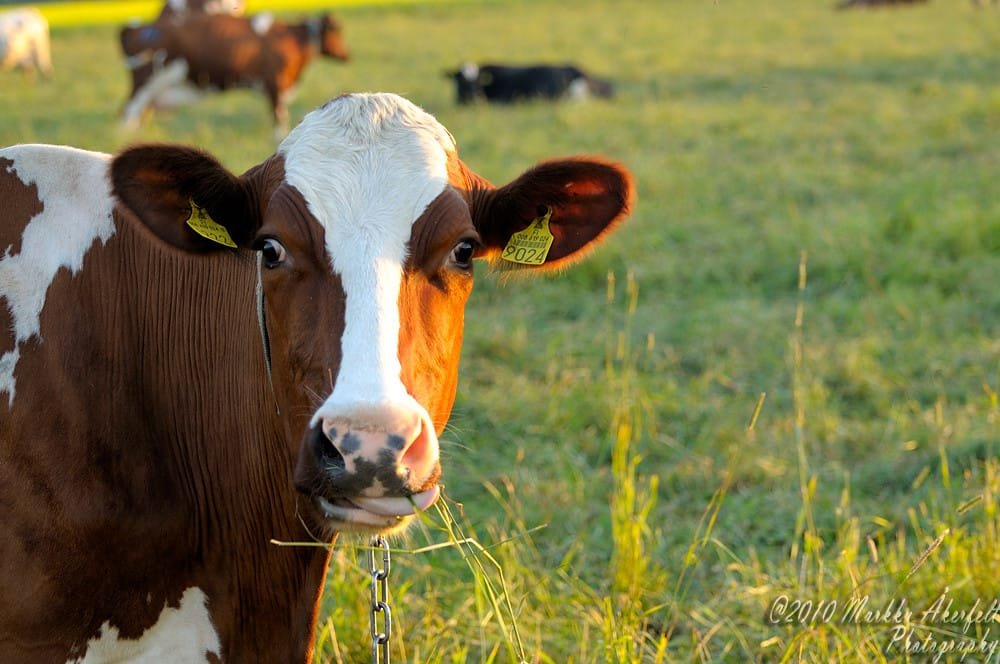Chapter 2: Eating Sustainably: Foods with High Carbon Footprints

Chapter 2: Eating Sustainably: Foods with High Carbon Footprints. What experts mean when they say that not all foods carry the same environmental weight.
Foods with High Carbon Footprints
Some have a significantly larger footprint, particularly in greenhouse gas emissions, land use, water consumption, and pollution.
Understanding which foods have the most impact helps us focus our efforts where they matter most. This chapter highlights the key areas where small shifts can lead to meaningful environmental benefits.
Here we meet a scientific thing called CO₂-equivalent emissions (C02e). If you understand how it’s calculated, read on.
If not, please skip over my Guide to Calculating CO2-Equivalent for Math-phobics. I’m very proud of it (and very traumatized.)
1. Meat, Especially Beef and Lamb
The production of red meat, particularly beef and lamb, is one of the largest contributors to agricultural emissions. Ruminant animals, like cows, produce methane, a potent greenhouse gas, and require large amounts of land and feed to raise.
- Greenhouse Gas Emissions: Producing 1 kilogram of beef results in approximately 60 kg of CO₂-equivalent emissions, according to a major global analysis published in Science (Poore & Nemecek, 2018).
- Land Use: Beef production uses more land than any other food, contributing to deforestation and biodiversity loss.
- Water Use: Beef also ranks high in water consumption, averaging over 15,000 litres per kilogram.
2. Dairy and Animal Products
Dairy—particularly cheese and butter—also carries a substantial footprint, although lower than beef.
- Cheese can produce 13.5 kg CO₂-equivalent per kg, mostly due to the milk required to produce it.
- Butter is especially resource-intensive, requiring significant energy and water, and generating high emissions per gram of fat delivered.
Eggs and chicken tend to have lower emissions than beef and dairy, but still exceed those of plant-based foods.
Example Shift: Choosing plant-based milks like oat, soy, or pea over cow’s milk can reduce emissions by up to 70%, depending on the type and brand.
3. Food Waste
Globally, nearly one-third of all food produced is lost or wasted, amounting to 1.3 billion tonnes per year. Food waste is responsible for roughly 8–10% of global greenhouse gas emissions.
- Much of this waste occurs at the consumer level in high-income countries—expired products, leftovers, and uneaten produce.
- Discarded food also wastes all the water, energy, fertilizer, and labour that went into growing it.
Example Shift: Meal planning, proper food storage, and using up leftovers can significantly reduce waste and save money.
4. Ultra-Processed Foods and Packaging
While often overlooked, ultra-processed foods (UPFs) can also have hidden sustainability costs. These foods:
- Are energy-intensive to produce and transport
- Generate excess packaging waste
- Often contain ingredients from industrial monocultures (e.g., palm oil, corn, soy)
Limiting UPFS can reduce demand for resource-heavy crops and reduce plastic packaging waste.
5. Air-Freighted Foods
Foods transported by air—such as fresh berries, asparagus, or fish from distant regions—have a disproportionately high carbon footprint compared to those shipped by sea or grown locally.
Tip: If a product is highly perishable and imported out of season, it’s more likely to be air-freighted. Choosing local or in-season alternatives often reduces the impact.
What Makes the Most Difference?
According to the same Science study by Poore & Nemecek (2018), the most effective changes individuals can make include:
- Eating fewer animal products
- Reducing food waste
- Choosing seasonal and local foods when possible
Even modest reductions in meat and dairy consumption have a measurable impact—especially when done consistently over time.
These changes are scalable, adaptable, and—most importantly—within reach.
Give this a try
I found a great resource, which is not only interesting, but a lot of fun. I left it to last so you wouldn’t wander off to play with it.
It’s a tool called Arbor’s Carbon Equivalent. To quote the site. “Arbor’s Carbon Equivalent Calculator makes understanding your carbon footprint easy. Convert any CO2e amount into relatable, real-world equivalents.”
